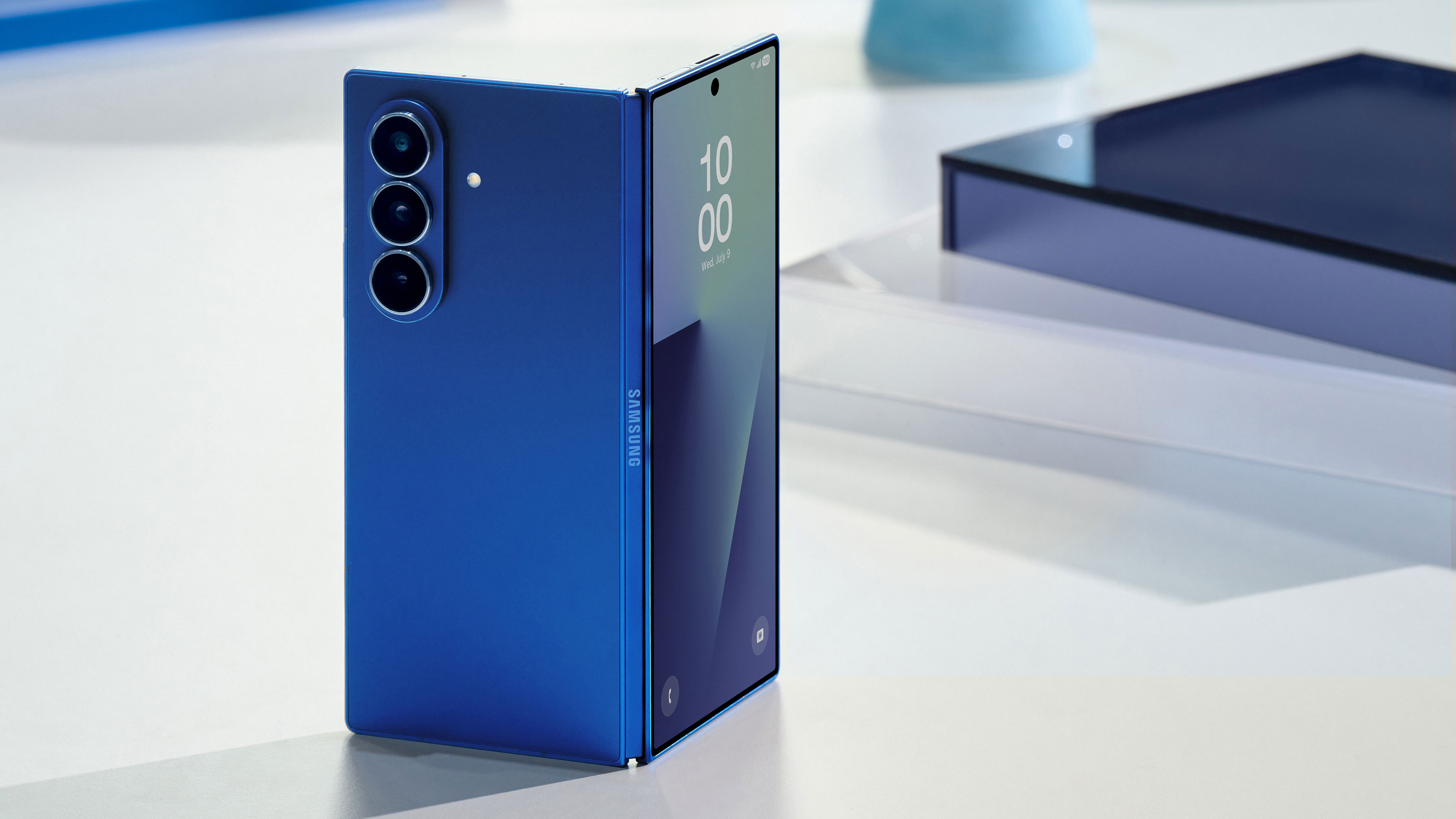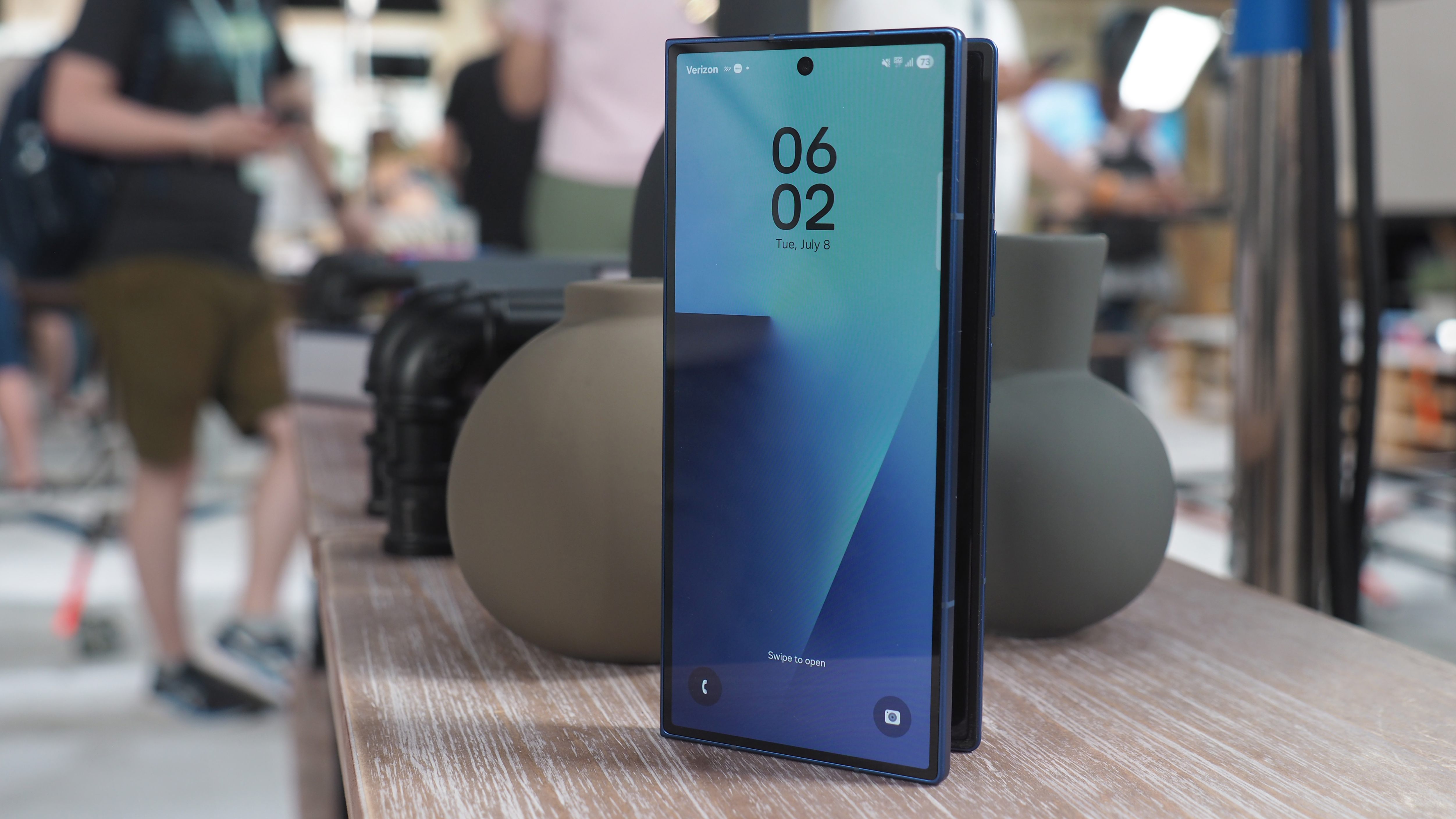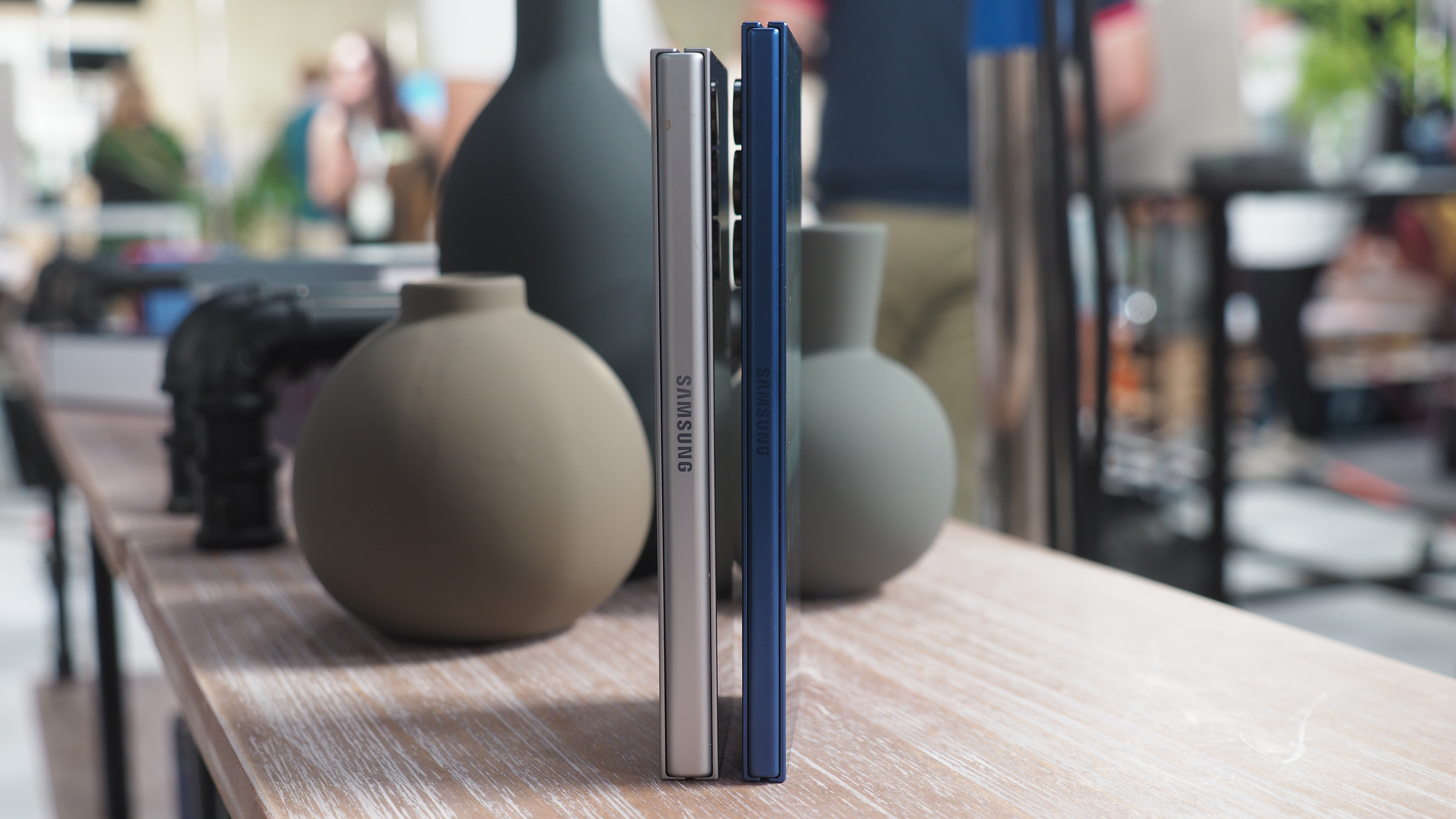Your next Samsung Galaxy phone could feature a huge battery upgrade, after ‘years of work’
EXCLUSIVE: Samsung’s head of smartphone planning confirms the company's silicon-carbon battery testing and potential future rollout plans

The latest Samsung Galaxy Unpacked event – which took place in Brooklyn, New York, for the summer 2025 edition – revealed an all-new Galaxy Z Fold 7 design, plus a radical rethink for the new Galaxy Z Flip 7 and its huge ‘FlexWindow’ cover display.
But while the summer show is now over, Samsung’s work continues. As part of a behind-closed-doors round-table briefing, I spoke with Samsung’s Minseok Kang, Head of Smartphone Product Planning, about not only these new product advancements, but what the future may hold.
“We should make the impossible, possible,” remarked Kang. But it was when querying Samsung’s battery technology developments, however, that I can exclusively reveal the Korean giant has been working on next-generation silicon-carbon for ‘years’ – and it could be coming to a future Samsung phone soon.
The three point plan

“There’s no supply issue of that silicon-based [source material],” I was told. But the company’s years of research and development has been critical in Samsung’s pursuit of the correct ‘balance’.
“So when we [Samsung] apply or implement the battery we consider three key points: one is the size [capacity]; second is the charging speed; and the third one is safety – the reliability of that battery. We think a little more priority on the reliability [is best practice].
“At the moment, definitely, for years we are developing a silicon-based battery. But our global R&D [research and development] is working on a reliable silicon battery type”.
Silicon-carbon is a more dense battery technology, meaning it can therefore benefit from being physically smaller than an equivalent lithium-ion type – yet deliver greater capacity and, therefore, longevity. This, in turn, means smaller device form-factors are more achievable, or increased capacity a reality.
Get all the latest news, reviews, deals and buying guides on gorgeous tech, home and active products from the T3 experts
“We will be planning to apply this battery [silicon-carbon type]. But, at this moment, for balance, the current battery [lithium-ion type], we think is the best solution,” concludes Kang.
There's more to come

I’ve been using the Galaxy Z Fold 7 for a number of days now and think it’s the best foldable of its kind. Yes, the S Pen stylus functionality has been removed, owed to the removal of a digitiser for sake of thinness. But there are otherwise many positives to take away from this all-new design.
It has “the world’s thinnest bezel on a foldable,” Kang reveals, proud of his team’s efforts. “To achieve this, the display and its mechanical structure is totally re-engineered with water-resistance implementation.” The result is a product “nearly half the thickness of the original Fold".
Much more has been redesigned to achieve the Fold 7’s slenderness, at just 4.2mm when unfolded. “In order to achieve that kind of slimness, we changed the vapour chamber to high-density graphene sheet. The area of the graphene sheet has more than doubled compared to the Fold 6 vapour chamber”.

That’s a key point, as Samsung’s ongoing partnership with Qualcomm sees the Z Fold 7 use the Snapdragon 8 Elite ‘for Samsung’ edition – i.e. the overclocked version, which you’ll not get anywhere else – marking it a best-of-best flagship. In wanting to be the best folding phone, the Z Fold 7 goes all-in on hardware, surpassing the Oppo Find N5’s step-down chip selection, for example.
An all-new hinge design also means the Z Fold 7’s “crease is reduced and more stability is achieved”. So that 8-inch internal display is now better than ever – larger, more practical, and more durable too.
“This is not the final limit,” concludes Kang, however, promising there’s more to come. From “preparing other opportunities with form-factors,” to releasing a tri-folding device “only when we achieve completeness” – it looks as though Samsung has busy years ahead.
But in those coming years, it’s the potential of a new, denser and longer-lasting battery type in a future Galaxy device that excites. For now, though, we’ll have to wait and see what unfolds in the near future – as it could be a waiting game.

Mike is T3's Tech Editor. He's been writing about consumer technology for 15 years and his beat covers phones – of which he's seen hundreds of handsets over the years – laptops, gaming, TV & audio, and more. There's little consumer tech he's not had a hand at trying, and with extensive commissioning and editing experience, he knows the industry inside out. As the former Reviews Editor at Pocket-lint for 10 years where he furthered his knowledge and expertise, whilst writing about literally thousands of products, he's also provided work for publications such as Wired, The Guardian, Metro, and more.
You must confirm your public display name before commenting
Please logout and then login again, you will then be prompted to enter your display name.
